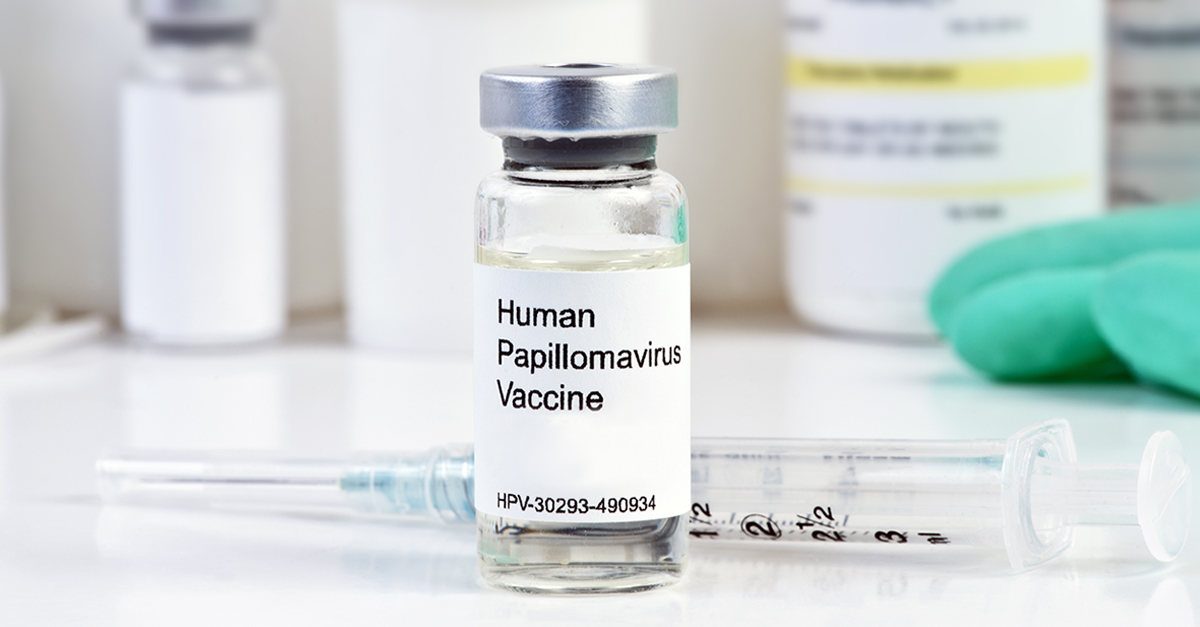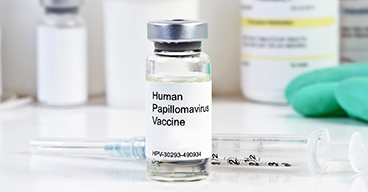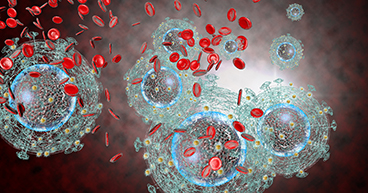
The medical community has had high hopes for the human papillomavirus (HPV) vaccine, believing it could significantly reduce the infections responsible for virtually all cervical cancers. Now, there’s more data to back up those beliefs. A new study, published in the March issue of the Pediatrics medical journal, found that the prevalence of HPV infections among girls 14-19 years old has dropped from 11.5 percent to 4.3 percent since the vaccine was first recommended 10 years ago. The prevalence of HPV infections in women aged 20-24 also declined—from 18.5 percent to 12.1 percent.
The study’s results suggest the vaccine may be living up to expectations, experts say. "The real impact, and it will take years before we know, is when we see fewer people die of cervical cancer because of this vaccine," Justin Chura, MD, Chief of Surgery & Director of Gynecologic Oncology and Robotic Surgery at our hospital in Philadelphia.
How prevalent is HPV?
HPV is common in both men and women, infecting about 14 million Americans every year, according to the Centers for Disease Control and Prevention (CDC). Up to 80 percent of sexually active women and 90 percent of sexually active men will contract HPV in their lifetime. Having the virus does not necessarily mean you will develop cancer. The National Cancer Institute estimates that most high-risk HPV infections cause no symptoms and go away on their own without causing cancer. In fact, most people who contract the virus may never know it. In those cases, the body’s immune system attacks and kills the virus before it does lasting damage. Other times, high-risk strains prove persistent, allowing the virus to linger long enough to change the composition of cells. Such changes, if left untreated, may lead to a number of cancers, underscoring the vaccine’s importance.
Besides cervical cancer, HPV is linked to most cases of vaginal and vulvar cancer and more than half the cases of penile cancer. The virus is also linked to 90 percent of anal cancers and 72 percent of oropharyngeal cancer, which develops in the throat, tongue or tonsils, according to the CDC. The CDC estimates that, on average, a new case of HPV-related cancer is diagnosed every 20 minutes—more than 27,000 cases a year.
Although a pelvic examination and subsequent Pap and HPV tests may help detect damaged cells before cancer develops in the cervix, no routine screenings exist for other HPV-related cancers. Considering the virus’ high cost to public health, the discovery of HPV vaccines—now offered under the brands, Gardasil®, Gardasil 9® and Ceravix®—was met with enthusiasm throughout the medical world.
The U.S. Food and Drug Administration approved the vaccine in 2006 for girls 11-12 years old and women up to age 26 who were not previously vaccinated. Five years later, the agency extended the recommendation to include boys.
Progress, but a ways to go
The Pediatrics study showed some promising trends. It found, for example, that 2.1 percent of sexually active women aged 14-24 had contracted HPV strains targeted by the vaccine, compared with 19.9 percent of unvaccinated women. While the results are encouraging, the vaccination rate is still too low, Dr. Chura says. In 2013, only 57 percent of teenage girls and 35 percent of boys had begun the vaccination process. And the number of teens who received all three recommended doses was just 38 percent of girls and 14 percent of boys.
"Part of it is we still have to overcome some of the resistance to vaccines in general. There were flawed studies that tried to link vaccines and autism. And I think that stigma is still present," Dr. Chura says, adding that there is no medical reason for parents to prevent their children from getting vaccinated, unless they have a known allergy to an ingredient in the vaccine. "Part of the problem is most people in the United States don’t know someone who has died from cervical cancer. I’ve seen women die from cervical cancer, and to know there is a way to prevent that from happening is powerful."



